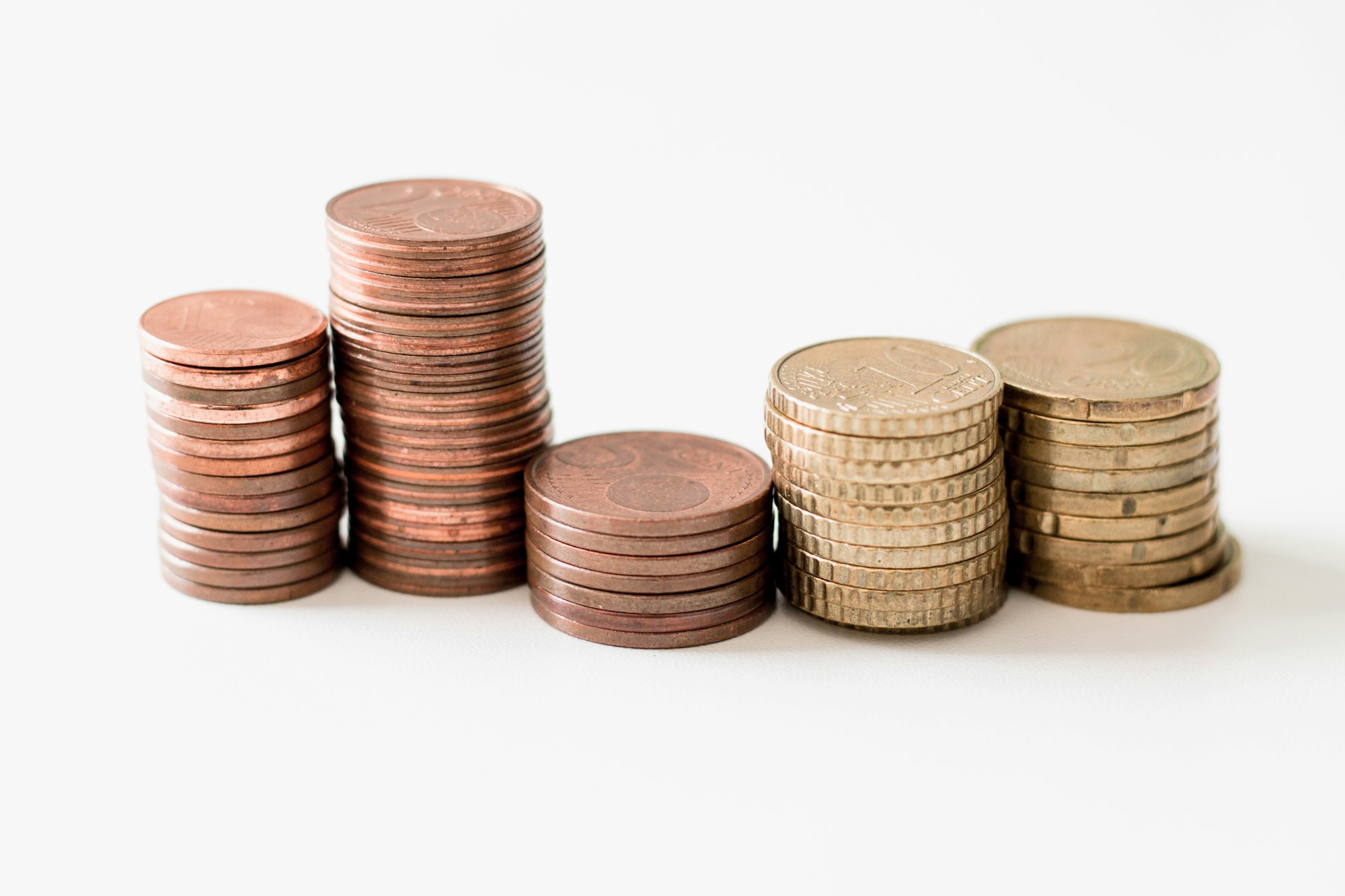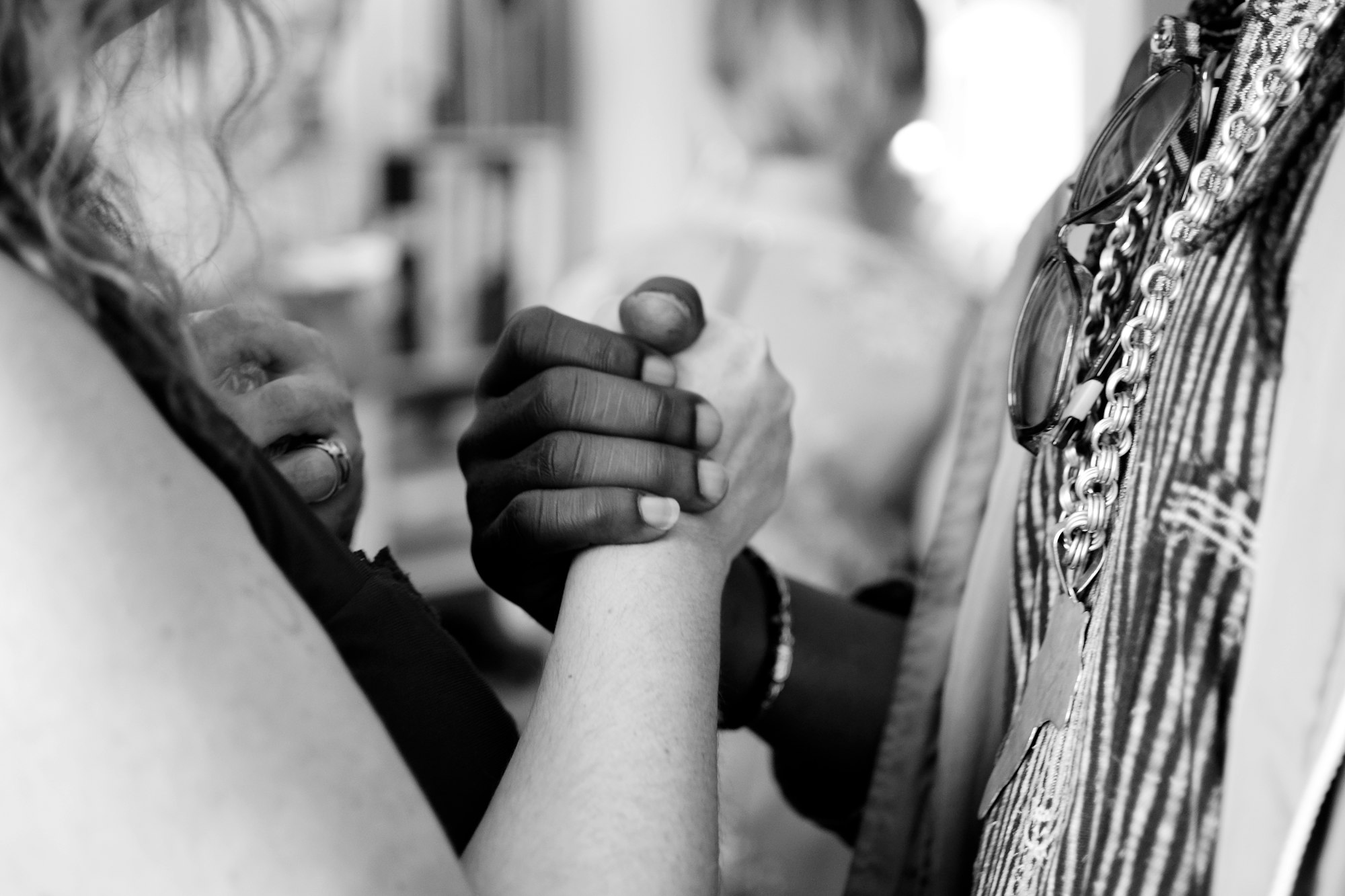Unlocking Hidden Value: Telling People What You Have

This is Part 1 of the Unlock Hidden Value series. Each is a way to reveal hidden value that’s already sitting inside your business — just waiting to be uncovered. It’s a very different mindset from going out and working super hard (blood, sweat, tears) to get some kind of movement to happen. Instead, it looks at the leverage points already sitting there, waiting to be tapped.
This feels like such an important idea that I am going to call it the principle of letting people know.
The secret, for many of us, is only to let people know. Not to assume that they already do (just because we do). To be inside the world of our customers so we can see whether they even get what we already have.

Right under my nose
For the past seven months, I’ve begun a wonderful ritual of driving over to this sweet little town of Point Richmond, and spending time in this wonderful coffee shop. I go there just about every weekday, so I can have the opportunity to get some work done, amongst good, sweet people and the energy of other humans.
Now recently, I've become a non gluten-eating person, and I no longer eat any sugar whatsoever. So just about every workday for those seven months, I have walked up to the counter; diligently ignored the pastry case (seeing it as a set of temptations I did not need); and ordered my coffee.
But the other day, I had this fleeting thought: “I wish these people would offer sugar-free, gluten-free muffins. There are probably a lot of people like me who would buy them, and they could make more money, too.” As this thought passed through my head, I glanced more closely at the ingredient list for the case of muffins that had been there all along. “Grain-free and Date-Sweetened”, it read.
For seven months, I was completely unaware that these muffins were something I could eat. So exciting! I now have a new source of pleasure, a special treat in a world where it’s hard to find special treats I can eat. And even if I only add a muffin one time out of three, I’ll still be increasing my average purchase to them by 1/3 — and totally willingly and happily — just because I know about this.

This is why seeing with the eyes of your customer is so critical
Now why would I have been so silly as not to read the labels earlier, you might well ask? Ah, but here is where you need to consider the context I was in, which is predictably the context of any person trying to avoid gluten and sugar is likely to have when passing by a pastry case: We have trained ourselves to put those things in the “not for me” category, and actively to tune them out. So the last thing we are likely to do is to read them carefully.
So for this reason, my field of vision will never get close enough to see the tiny, faded print that these muffins currently use to list their ingredients. The trees that fall in this forest are completely un-hearable by me, and the information may as well not exist. However, the solution is extremely, unbelievably simple: All the coffee shop needs to do is put a larger sign up (one in my broader field of vision while I am ordering the coffee, that says “gluten-free, date-sweetened muffins.” That’s it.
If gluten-free, date-sweetened treats were more common, you might expect that I would check — “I wonder if this is one of the coffee shops that has gluten- and sugar-free things.” But since this is extremely rare (even in the Bay Area), I’m not going to bother (I did not know that any coffee shops sold such a thing as this!)
So you see, the very fact that this offering is special caused me not to pay attention to it! In other words: If you have something that’s really rare in some way, and you believe that a certain group of people will love the fact that you offer that thing, be sure to shout about it loud enough, so they can be aware that it’s not like the vast majority of other things.
Because, folks: those muffins don’t look any different from normal muffins, okay? So if you have special abilities, please make sure everybody knows what they are, otherwise, guess what? People will assume you are like everyone else!
I think what happened here is this: The owner of the coffee shop has extremely good instincts about what to order. It just had not occurred to her to put up a sign that will shout to the world this particular thing.

“But any idiot would notice x”
The fallacy that we are all extremely vulnerable to falling into is the idea that if I am aware of something, everyone else must be as well. “I know the muffins are grain-free. It’s on the label. Why wouldn’t anyone who wanted to find out what’s in the muffins just read the label?”
Or if someone does not know how to use a mouse, we might say, “that person is so dumb for not knowing how to use a mouse, or knowing how to right-click on something.” And then we must remind ourselves: We have invested thousands of hours into the mental models that make mousing seem natural. We would also look like “idiots” had we not. And those mental models are largely arbitrary. It’s just that we have already invested in them. I sometimes have to remind someone: This person is not dumb, they just have not built up the mental models to make sense of this thing.
So as long as we are stuck in the idea that “any idiot would notice this, I already told them about it” mode, we are likely to miss things that could make our offerings better, make more money, and help people more.

So how much money is “left on the table” here? Let’s do the math!
If this was just me of course, it would not matter at all. But here is what I learned:
- According to a 2020 study by the University of Nebraska, 25% of Americans have adopted a gluten-free diet.
- According to another source, 67% of Americans surveyed say they are trying to avoid sugar in their diet, and 14% of those say they are avoiding sugar altogether.
- It’s hard to know what the overlap of those figures is, but let's say conservatively that those populations have some overlap, so we could bump the percentage up to 33%. Perhaps 1/3 of the people who come through the coffee shop might be consciously trying to avoid the muffin case because they assume something about it that’s not true.
Now let’s say that around 250 people come through the door a day. So then 83 of those people, who are trying to avoid either sugar or gluten, are going to avoid looking at those pastries. To be fair, I am going to assume that 25% of those sugar/gluten-avoidant people did find out somehow (perhaps they are hopeful, close label-readers). That leaves us with 62 people per day who are potential buyers but are ignoring the offer on purpose.
And let’s not forget — a lot of these 62 people they are going to be super, extra-excited about the times when they actually can have something sweet and yummy every so often and not feel bad about it. The other weekend, I got to go to a friend’s birthday dinner, and I brought a gluten-free, sugar-free desert. One of the guests was diabetic, and it was so awesome because he said “I never get to eat the desserts”, and he was so happy. He had a second helping.
The point here is that this 62 people are going to be extra excited — but only if you make sure they know that they’re allowed to eat your treats!
So, shall we consider that conservatively, if these people know there is a treat they are allowed to eat, that perhaps 25% of them might purchase one on any given day? — That’s an additional 15.5 buyers, each spending $3.75 for a “special” muffin. With an average tip, that’s $4.13 x 25 = $64/day. Over a month, that would be an additional $1,920 in revenue. Over a year, that’s an additional $23,045. Just for putting up a little sign.
But perhaps we should increase it more, because I think the gluten-free and sugar-free types would spread the word to their health-conscious friends. If you’re inviting someone to coffee, and you know that this one coffee shop has the gluten-free ones, you might pick that coffee shop, even if you are not gluten-free yourself. (Indeed, before I was gluten-free I purchased many of those muffins, but I just thought they were normal muffins, so I still did not become the walking advertisement that I could have for their gluten-freeness.)
You may ask yourself, “oh, but would they really spend all that much more money?” It is a reasonable question, and we might have an intuitive sense that one way or another, someone is going to spend about the same amount. Some people spend more, some people spend less.
But I do not think this is true at all, and I am my own evidence. Yesterday, going back to this coffee shop, I bought my first gluten-free, date-sweetened muffin. It was awesome. My purchase doubled. Now I might not buy one every day, but on average, it should increase my average purchase by at least 25-30%.
Again, you might reasonably say “buuuuut, surely they would have figured out after a while that there were gluten-free muffins.” Nope. Not necessarily. It took me several years to notice this, in absence of a clear sign.
Not a bad hourly rate?
So if you figure it takes someone about 1 hour to make the sign and put it up, and you might want to redo the sign every 3 years, then this could work out to an hourly rate of $138,272 for your time. That's not bad, is it? And that's literally all you had to do.
And don’t forget, that whatever you can do to increase the Average Transaction Size (ATS) of your customer — all things being equal, and everyone being happy about this — the greater your profit is going to be, because your fixed costs don’t go up that much per transaction (more on that in another post?).

But the real income is in developing this habit for everything
So all of this power we have here — a free increase in income, a free increase in loyalty, a free increase in right-fit for everyone — was just in my happening to notice this one little thing. If you think more systemically, and notice the pattern here, this can be worth far more to you.
What is the pattern that causes you to notice what people need without already being one of them?
It starts with empathy — knowing your customer well. Understanding the variety of needs they have, and how you could serve them better.
In a later post, I will talk about how we can apply this pattern more broadly. For now, ask yourself: Are there things in my business, in my work, that people would perhaps really love, if only they knew about them? Are there perhaps really simple ways I could just tell them?




